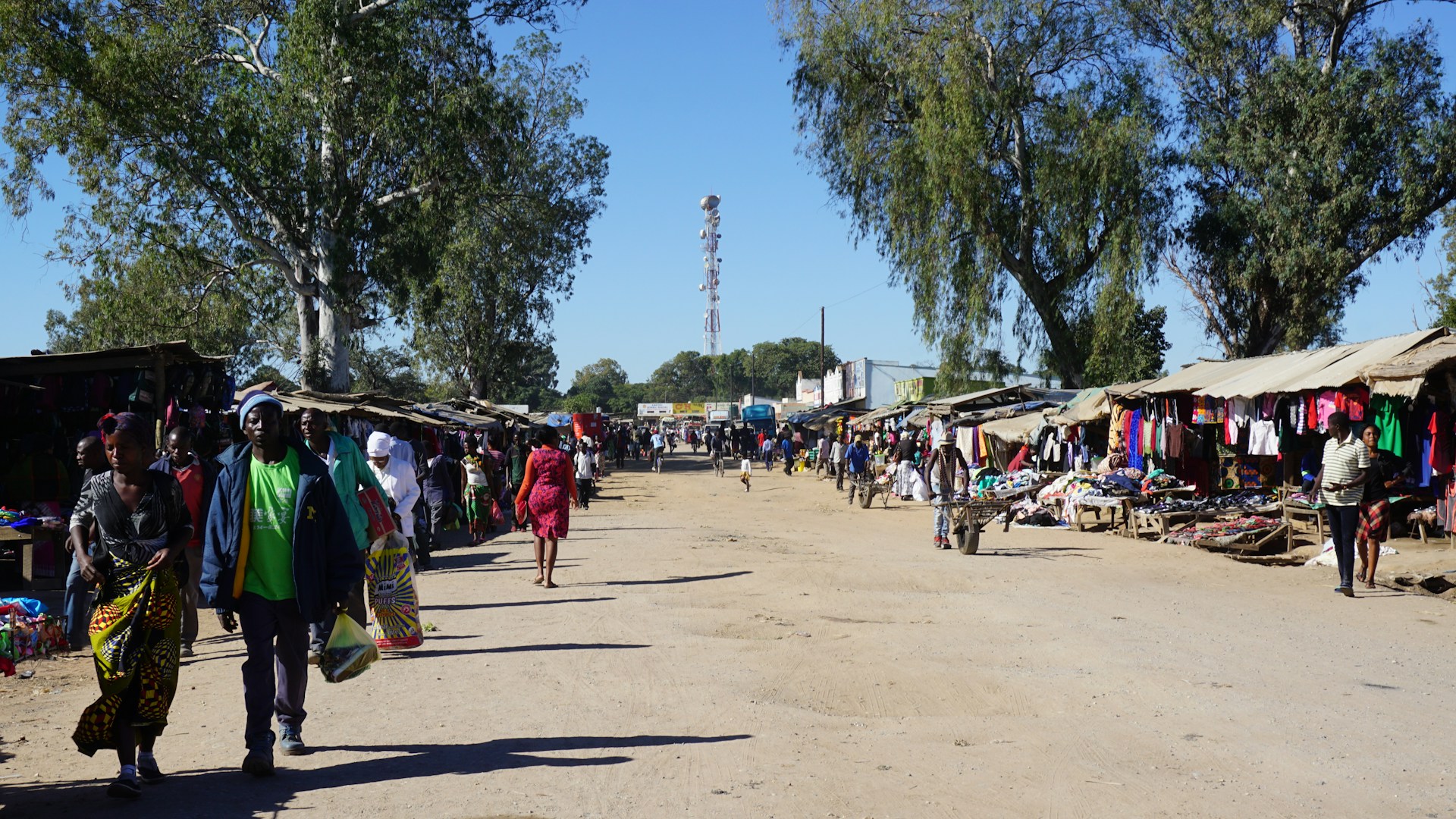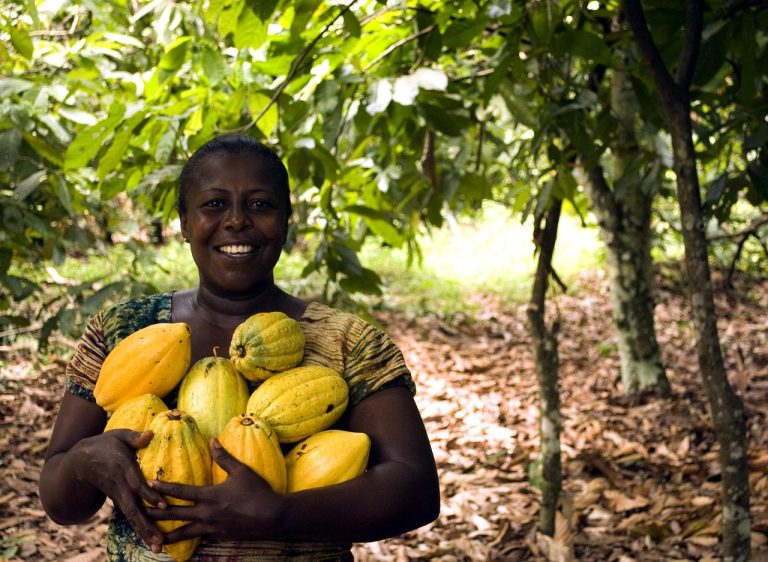- ZIPAR forecasts 5.8% growth in 2025 after drought slowdown
- Gains depend on rainfall, copper output and debt discipline
LUSAKA, ZAMBIA – Zambia’s economy is expected to bounce back strongly in 2025, recovering from a drought-induced slowdown, according to the Zambia Institute of Policy Analysis and Research (ZIPAR).
The country’s premier economic think tank projects gross domestic product to expand by 5.8% in 2025, up from 4% this year, supported by improvements in agriculture, mining, construction, ICT, and financial services.
“Improved rainfall during the 2024/25 rainy season contributed to a stabilisation of electricity generation, supporting stronger economic activity through much of 2025,” ZIPAR Executive Director Zali Chikuba said at a pre-budget media briefing in Lusaka.
Cautious optimism ahead of 2026 budget
Zambia’s Finance Minister Situmbeko Musokotwane will present the 2026 national budget on Friday, just 11 months before general elections. ZIPAR expects the budget to forecast growth of around 6.0-6.5% in 2026, with 6.4% the more likely outcome, broadly aligned with the government’s Medium-Term Budget Framework.
The projections assume favourable rainfall in the 2025/26 season, a continued recovery in copper production, progress on debt restructuring, and an extended IMF Extended Credit Facility. “Stability will also be reinforced by progress in debt restructuring and stronger external inflows, which will ease balance of payment pressures,” Chikuba said.
However, he cautioned that risks remain from potential global financial tightening, shifts in copper prices, and domestic supply constraints. “Sustaining stability will require consistent monetary and fiscal policy coordination, structural reforms, and proactive measures to mitigate external and climate-related shocks,” he added.
Economic analyst Kelvin Chisanga told Allen Dreyfus that Musokotwane must carefully balance developmental spending with debt obligations.
“In terms of focus on productive sectors, the Minister should allocate more resources to agriculture, mining, manufacturing and SMEs to stimulate job creation,” he said.
“There is also a need to include budget lines for water harvesting, smart irrigation, and climate-proof infrastructure to build a resilient economy.”
Debt restructuring progress
Zambia has restructured more than 90% of its external debt in principle, including agreements with bilateral creditors under the Official Creditor Committee framework, Eurobond exchanges and initial deals with commercial lenders. The IMF now considers Zambia’s debt sustainable, though still at high risk of distress.
The Public Debt Management Act of 2022 has improved transparency, while the restructuring has lowered the risk of disorderly default. Yet with a three-year moratorium on official debt repayments ending in 2025, obligations will rise sharply in 2026. ZIPAR warns that strict fiscal discipline and stronger domestic revenue mobilisation will be crucial to sustain repayment capacity.










